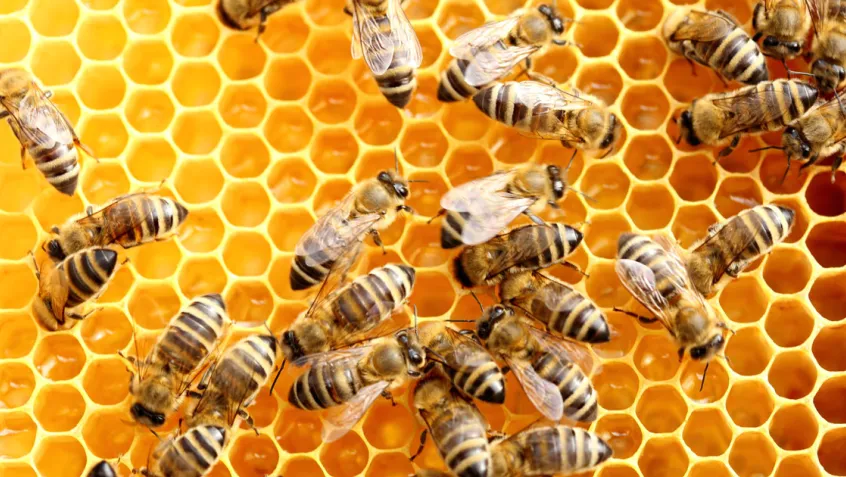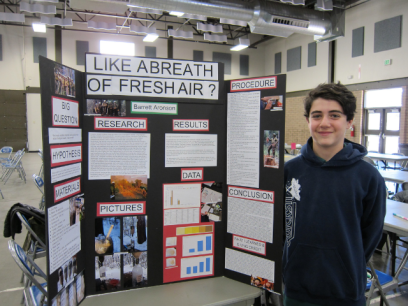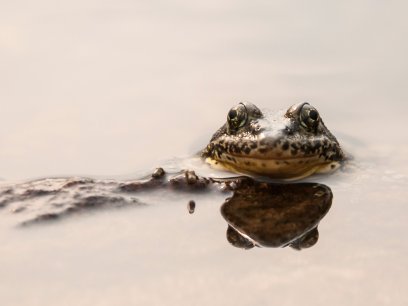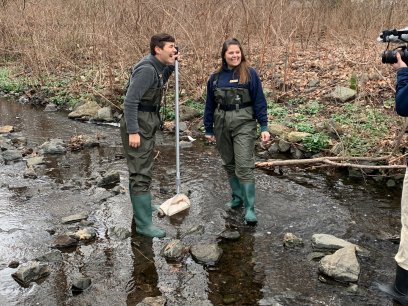
Spring gardening season offers a timely opportunity to talk about the important work of these special little creatures. Here at NEEF, we thought it might be fun to see how well you know your pollinators and the valuable services they provide to our ecosystem. Test your knowledge by taking our pollinator quiz below!
Expand the questions to see how you well you know your pollinators!
Besides bees, what other creatures are considered pollinators?
You might be surprised to learn that bats, birds, butterflies, and some beetles are also pollinators. In fact, even some larger animals (such as black and white ruffed lemurs) and reptiles (such as lizards) are critical pollinators. Each plays an important—but often invisible—role in pollinating plants. Thanks to the efforts of these pollinators, they help support terrestrial wildlife, plant communities, and healthy watersheds.
Do native bees occur on every continent on the planet?
No. Native bees occur on every single continent except Antarctica. From forests and farms to cities and wildlands, if insect-pollinated flowering plants exist, you’ll find bees. Furthermore, even if you don’t see plants blooming, that doesn’t mean there aren’t any bees around.
What percentage of the fruits, nuts, and vegetables grown in the United States are pollinated by bees?
Bees pollinate approximately 75% of the food we eat. Plus, they provide an invaluable ecosystem service to 80% of flowering plants.
True or False: Most species of bees don’t sting.
True. While all female bees are physically capable of stinging, most bee species native to the US prefer to live a solitary life rather than in colonies, and they don't sting unless they’re physically threatened or injured. One exception? Honeybees. They’re defensive and may chase you if you disturb their hive.
In addition to loss of habitat for feeding and nesting, why are many pollinator populations in decline?
Pesticides, disease, and climate change can also harm pollinator populations or force them to move to different areas.
True or False: Planting in clumps, rather than single plants, offers the best way to help pollinators find and use them.
True. Experts also suggest planting a wide variety of plants (including plants native to your region) that bloom from early spring into late fall. And don’t forget to plant some night-blooming flowers, which help support bats and moths.
Why should you avoid planting modern hybrid flowers if you’re trying to attract pollinators?
While creating the “perfect” blooms for people, plant breeders have often unwittingly left the pollen, nectar, and fragrance out of these blossoms. Your best bet is to choose old-fashioned varieties of native plants.
Ready to learn more about pollinators?
Check out the gorgeous high-speed images of honeybees in “Wings of Life” by filmmaker Louie Schwartzberg, or learn how to create a place for pollinators buy building a pollinator garden or small container garden.
Want to get your kids or students involved?
Teach them about pollinators with a few facts and our downloadable activity guide. And, perhaps most importantly, read more from NEEF about how you can protect pollinators in your area.


